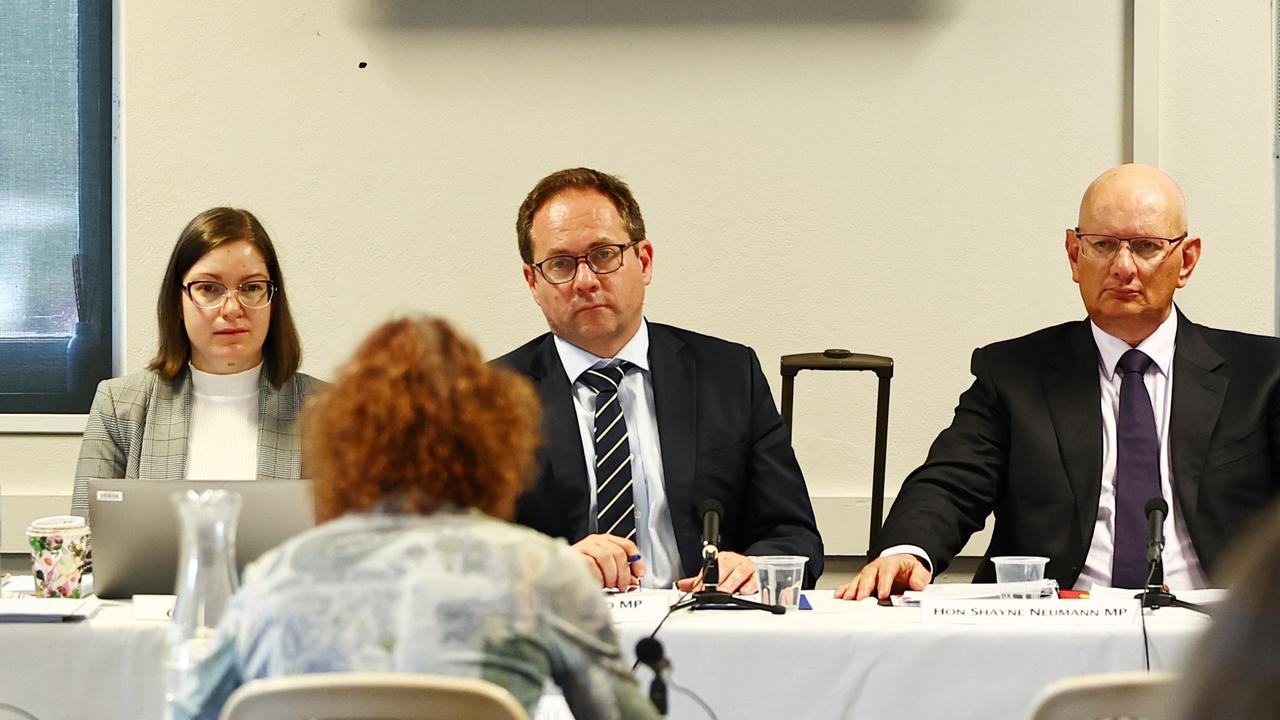Inquiry into 2022 Floods and 2023 highlights major issues with insurer response times and payouts
Six months after Cyclone Jasper, many Far North Queensland residents are still in temporary accommodation, waiting for insurance claims to be approved.

More than six months on from Cyclone Jasper, many Far North Queensland residents are still in temporary accommodation, waiting for their insurance claims to be approved, an inquiry has heard.
The Queensland House of Representatives’ flood inquiry at the Cairns RSL club revealed many residents still face long wait times for claim approvals and struggle to understand their insurance policies.
Patrick Sim, a senior disaster recovery worker at CentaCare Far North Queensland, said it was a “real eye-opener” how many residents in the worst-affected area were uninsured.
CentaCare supported about 625 individuals and families with services including counselling, insurance policy assistance, and emergency relief.

In his opening statements, Mr Sims said the majority of his time was spent with residents in the worst affected areas of Cooktown, Ayton, Rossville and Bloomfield.
“It was very surprising to me to see how many of those properties were uninsured among these communities, it was a real eye-opener,” he said.
Extremely “high prices” and difficulty “understanding” their policies, were among the most common trends identified by CentaCare FNQ during their investigations.
“Community members and clients provided a clear trend that residents are facing long wait times and difficulties understanding the insurance processes,” Mr Sims said.
“On top of these difficulties, residents were having to spend a large amount of time and energy negotiating with insurance companies, something they had limited time to do as they were already pretty broken people.
“People were ill-equipped to engage in the negotiations required with insurance companies.”
The disaster recovery program initially helped residents with insurance claims and most had a positive experience.

However, by March of this year, the situation began to change significantly as feedback ranged from fantastic and seamless to combative and distrusting.
“A lot of people just trust the insurer and signed their lives away,” Mr Sims said.
Support worker from Port Douglas Community Services Network, Erin Easton, said age should be considered a “given vulnerability” in future insurance cases.
“I think a certain age should just be down as a vulnerability because a large portion of our clients who are having really big issues are the elderly,” she said.
“They are not tech savvy, they may not have read their claims and they’re from that generation where they don’t want to cause trouble.”
Ms Easton also said the elderly tend to remain quiet and this was when her team needed to step in the most.
Mr Sims also told the inquiry many residents had experienced trauma symptoms such as “brain fog”, feeling of being overwhelmed as well as being triggered by ongoing rain events.

“These symptoms contributed to misunderstandings between the responsibilities between insurance companies and builders,” Mr Sims said.
The process was then exacerbated by residents being told they were required to communicate with their insurance companies and process claims through an app.
“People were told to have their insurance company on an app, which they were told was the only way they could negotiate with that company and people were not confident with that technology,” Mr Sims said.
“We are now over six months on from when the tragedy occurred and many of these people are still in temporary accommodations and some quite questionable accommodation and they are still many months away from getting their lives back together.
“They continue to rely on the generosity of the government, friends and family for basic shelter.”
Some of the recommendations made by CentaCare are for greater availability of expert support in making claims, publicly funded disaster insurance brokers or mentors, and a stronger focus on insurance policies in disaster preparedness.
“People just didn’t realise what the scope of their policy was,” Mr Sims said.
More Coverage
Originally published as Inquiry into 2022 Floods and 2023 highlights major issues with insurer response times and payouts









